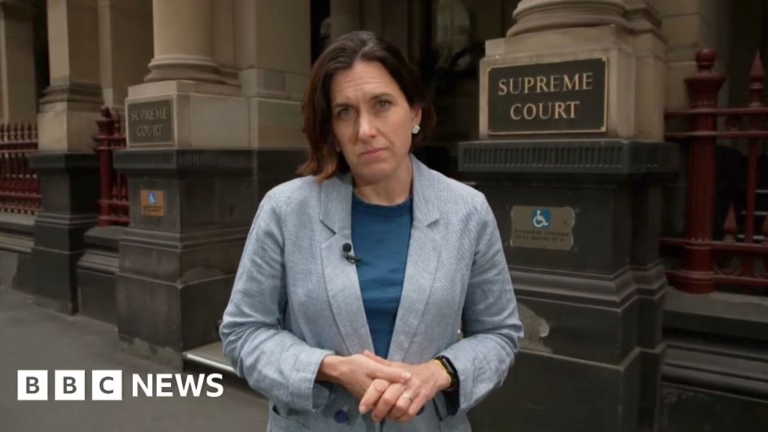Forged Royal Chairs Scandal Raises Questions About Art Market Regulation
In 2013, two ornate chairs claimed to be from the Palace of Versailles, said to have belonged to Marie Antoinette, were sold to Qatari Prince Mohammed bin Hamad Al Thani for €2m. However, a scandal erupted in 2016 when it was revealed that these chairs, along with other 18th-Century royal furniture pieces appearing on the antiques market, were in fact fakes.
The scandal involved high-profile figures in the French antiques world, including Georges “Bill” Pallot, an expert on French 18th-Century chairs, and Bruno Desnoues, an acclaimed cabinetmaker who worked as the main restorer of furniture at Versailles. Together, they are accused of fraud and money laundering. The trial, which followed a nine-year investigation, saw the chairs declared “national treasures” by the French government before their authenticity was questioned.
The chairs were part of a larger number of 18th-Century royal furniture that had appeared on the market. Many were bought by Versailles to display in its museum collection, while one chair was sold to the wealthy Guerrand-Hermès family.
The scheme began as a “joke” between Pallot and Desnoues in 2007 to see if they could replicate an armchair they were restoring for Madame du Barry. Their fakes convinced other experts and, emboldened by their success, they began creating more. Pallot sourced low-cost wood frames at auctions, while Desnoues aged the wood and added designs from famous furniture-makers of the 18th Century. The items were then gilded, upholstered, and sold to galleries, which resold them to auction houses like Sotheby’s and Drouot.
Pallot admitted to his crimes, stating that everything was fake except for the money they made. Prosecutors allege the duo profited by over €3m, though Pallot and Desnoues claimed their profits were only around €700,000, with the money deposited in foreign bank accounts.
The trial also implicated Galerie Kraemer, accused of gross negligence for selling the fake chairs without sufficient verification of their authenticity, a charge they denies. The case highlights the vulnerability of art dealers and institutions to forgeries and raises questions about the regulation and standards in the art market. The investigation was triggered after the lavish lifestyle of a middleman working with the forgers attracted attention from French authorities.
Source: https://www.bbc.com/news/articles/c3wd52lqqe8o







